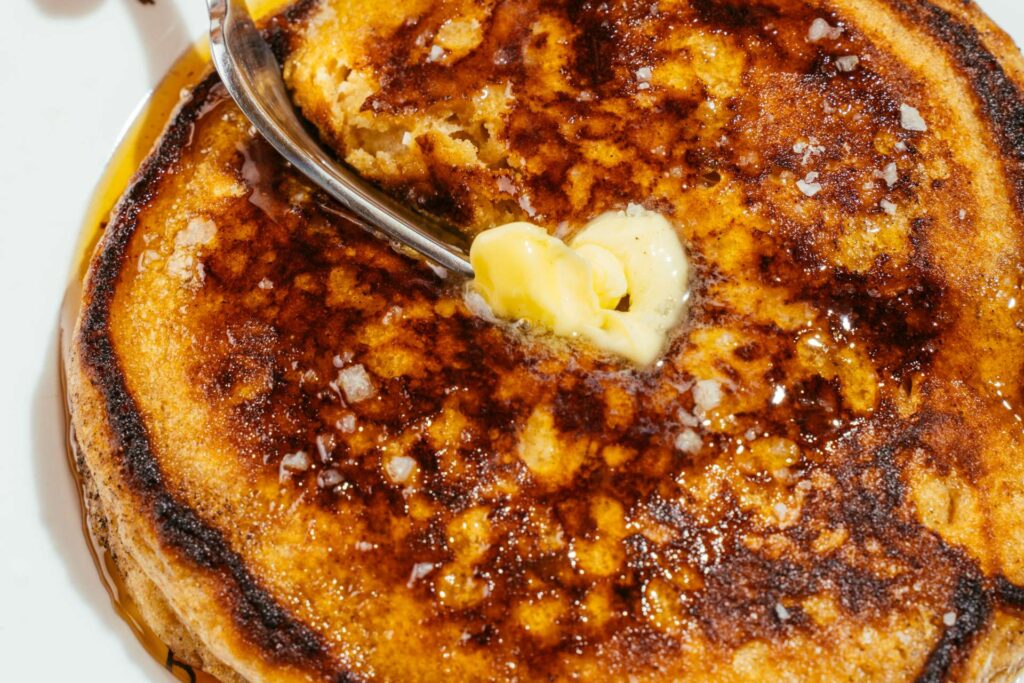With the rising cost of, well, everything, your usual Friday take-out order might feel increasingly out-of-reach. While grocery prices are still high, mastering the art of a solid homemade pizza can be a cost-effective and fun way to serve up a family favourite.
There are four elements to most pizzas—the dough, sauce, toppings and cheese. By upgrading each, pizza becomes real, good-for-you fast food. Look to your favourite pizza joint menus for combo inspiration. Garlic + garlic + garlic? White sauce + kale + bacon? Hot pepperoni + hot honey? Yum. And if it turns out that you're a pizza boss, well, maybe a special pizza oven will become a worthwhile investment. Keep reading for ways to up the ante on the four core components of a pizza.
The Toppings
Pizza toppings are largely dictated by the eater. Vegetables are the best choice, but most often need to be sautéed (or otherwise cooked) so that they don’t release their liquid in the oven and make your pizza soggy. Roast vegetables to caramelize their natural flavours, or quickly grill them to add a charred, smoky flavour. Leftover veggies from dinner the night before work well, too. If you like meat on your pizza, try thinly sliced deli ham or Canadian back bacon, which are leaner than pepperoni and regular strip bacon. Cooked ground bison contains half the fat of ground beef, or try cooked, crumbled lean chicken sausage—a single sausage is usually enough for an entire pizza. Be adventurous, especially when there are kids with creative culinary minds around. Try laying slices of fresh mango, cooked potato, fresh corn, torn basil leaves or black beans on your pizza. Think outside the pizza box!
The Cheese
Too much cheese or too high-fat cheese could be pizza’s downfall. There’s no reason to stick exclusively to mozzarella (though, buffalo mozzarella is always correct in our books) when making a pizza. Rather than choose a low-fat mozzarella, which doesn’t tend to melt as well, use several varieties on one pizza. Intensely flavoured cheeses such as Parmesan, aged Gouda or Asiago pack lots of flavour into less cheese. If your kids are up for variety, try crumbled feta or goat cheese, too.
The Sauce
Tomato sauce is pretty good to begin with, however, there’s always room for an upgrade. Try using tomato paste straight up; made purely from condensed tomatoes, it’s nutrient-dense without additives, sugar or salt. Tomato paste is thick, doesn’t drip, and is intensely flavoured yet mild and naturally sweet, so kids love it. Other options: bottled pesto, salsa, alfredo or chunky tomato bruschetta. Or try combining the sauce and toppings while repurposing leftovers by spreading pizza crust with thick chili. Who wouldn’t love a chili pizza? If you want to go a step further, blend a thawed package of frozen spinach into a jar of tomato sauce in the food processor, or make a batch of roasted vegetable sauce to purée and freeze to have on hand whenever you need it. That way, even a plain cheese pizza delivers some veggies.
The Dough
Dough is the foundation of the pie, so it's gotta be good. Don't overwork your dough, and say no to any hard store-bought shell. Any pizza dough can be made healthier by using whole wheat flour or adding a shake of ground flax seed. Flax oil instead of olive or vegetable oil will boost omega-3 fatty acids, which aids proper brain development and function (that’s why fish is considered brain food). A teaspoon of flax oil is as high in omega-3s as a 3 ounce-filet of salmon.
Originally published in August 2010










